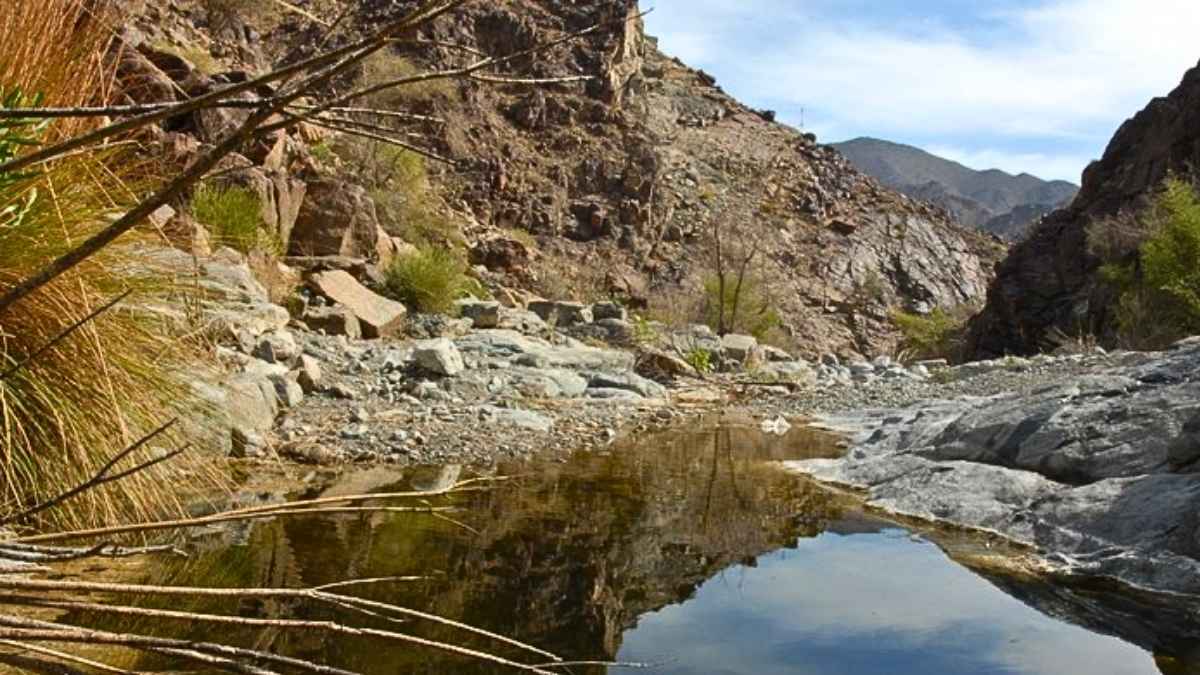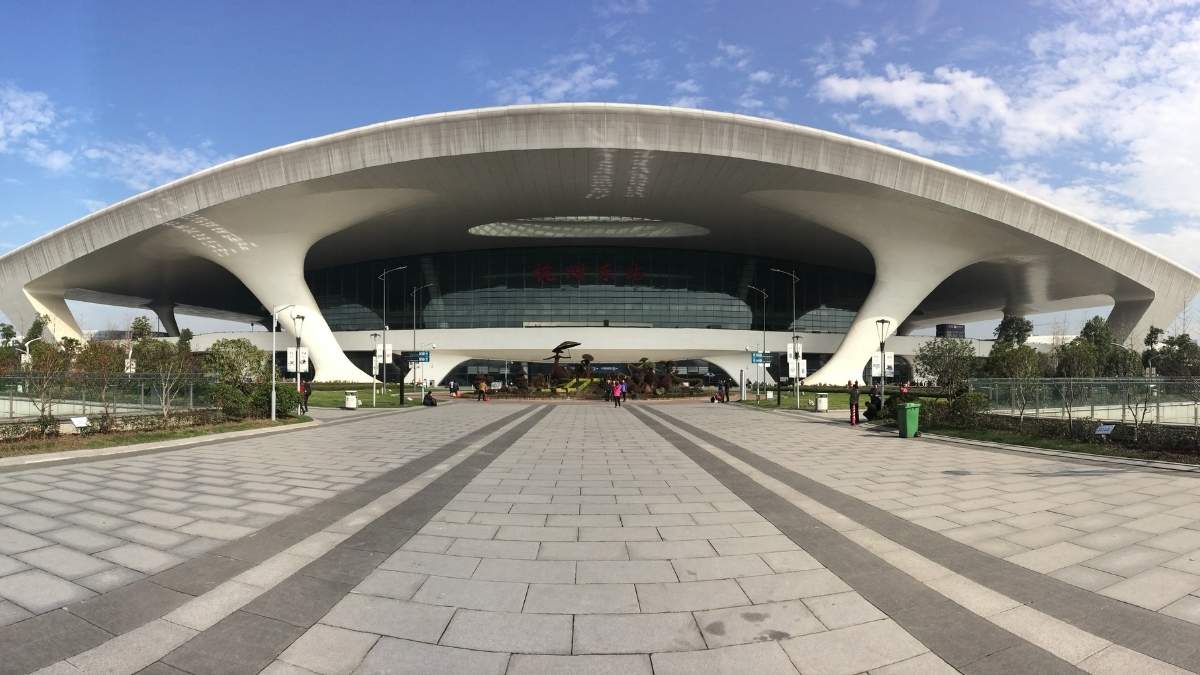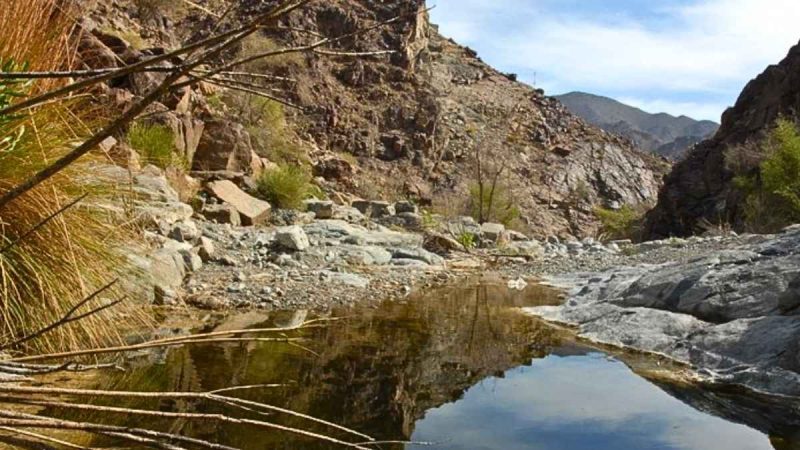With Al Faya Palaeolandscape now proudly listed as a UNESCO World Heritage Site, Sharjah isn’t hitting pause. The Sharjah Archaeology Authority (SAA) is already focused on what’s next, putting the spotlight on two other significant sites: Wadi Al Helo in the Eastern Region and Mleiha in the Central Region.
Sharjah’s UNESCO Win Sets The Stage For Bigger Heritage Plans
Eisa Yousef, Director General of SAA, confirmed that this recognition wasn’t a stroke of luck. This recognition didn’t just land on Sharjah’s lap. It was the result of years of determined work and support from 13 out of the 21 countries on UNESCO’s World Heritage Committee. Their vote of confidence says a lot, it shows that Al Faya isn’t just another archaeological site. It’s the real deal, a place that played a key role in how early human life unfolded in this part of the world.
Cultural Prestige With Tangible Gains
View this post on Instagram
Yousef pointed out that the impact of this win is more than symbolic. It marks Sharjah as a key player in human history, strengthens its standing in sustainable cultural tourism, and opens up new jobs like trained tour guides, research assistants, and cultural curators. Also, the kind of roles that bring heritage to life and build careers with purpose.
Shurooq’s been front and centre with the Mleiha Archaeological Centre, bringing the ancient past to life in a way that actually connects with today’s visitors. Over at Jebel Buhais, the Environment and Protected Areas Authority has turned a quiet patch of land into a place where geology meets storytelling. And while all this is happening, the Sharjah Commerce and Tourism Development Authority has been quietly but consistently doing the groundwork to make sure these cultural sites are recognised and respected globally.
UAE Recognised as a Global Heritage Leader
The ripple effect of Sharjah’s heritage work is being felt far beyond the region. Simona-Mirela Miculescu, President of UNESCO’s General Conference, recently spoke about it during a chat with WAM in Paris, calling the UAE a “model country” when it comes to protecting and promoting cultural heritage.
What stood out most was her take on Al Faya’s inclusion on the World Heritage list. It’s something we all share, and preserving it helps keep the conversations—and the connections, between cultures alive.
Wadi Al Helo: A Hidden Chapter in Arabia’s Story
Of the heritage sites now being prepared for UNESCO recognition, Wadi Al Helo or “the sweet valley” stands out for all the right reasons. Tucked away in the rugged Hajjar Mountains, this 84-square-kilometre expanse holds quiet but powerful clues about life during the Bronze Age.
It’s not your typical mining site. Here, nature and early human ingenuity worked hand in hand. This is where the land wasn’t just dug up, it was understood, studied, and used with purpose. Wadi Al Helo is proof that innovation existed long before blueprints and machines. Evidence found across the site shows how Bronze Age communities worked with the natural terrain to extract and produce copper. These weren’t random efforts; they reveal a detailed system and connection with transnational trade routes.
Rock Art That Speaks of Power and Identity
One of the valley’s most striking features is its rock art, especially the recurring T-figures, believed to symbolise daggers. These symbols appear throughout the valley and the surrounding mountains, hinting at the cultural and economic power copper held in the region.
They’re more than just carvings. They’re proof that the people of this area are part of a bigger regional movement that tied together industry, identity, and art.
Cover Image Courtesy: Visit Sharjah/Website
For more such snackable content, interesting discoveries and the latest updates on food, travel and experiences in your city, download the Curly Tales App. Download HERE.First Published: July 29, 2025 11:48 AM





